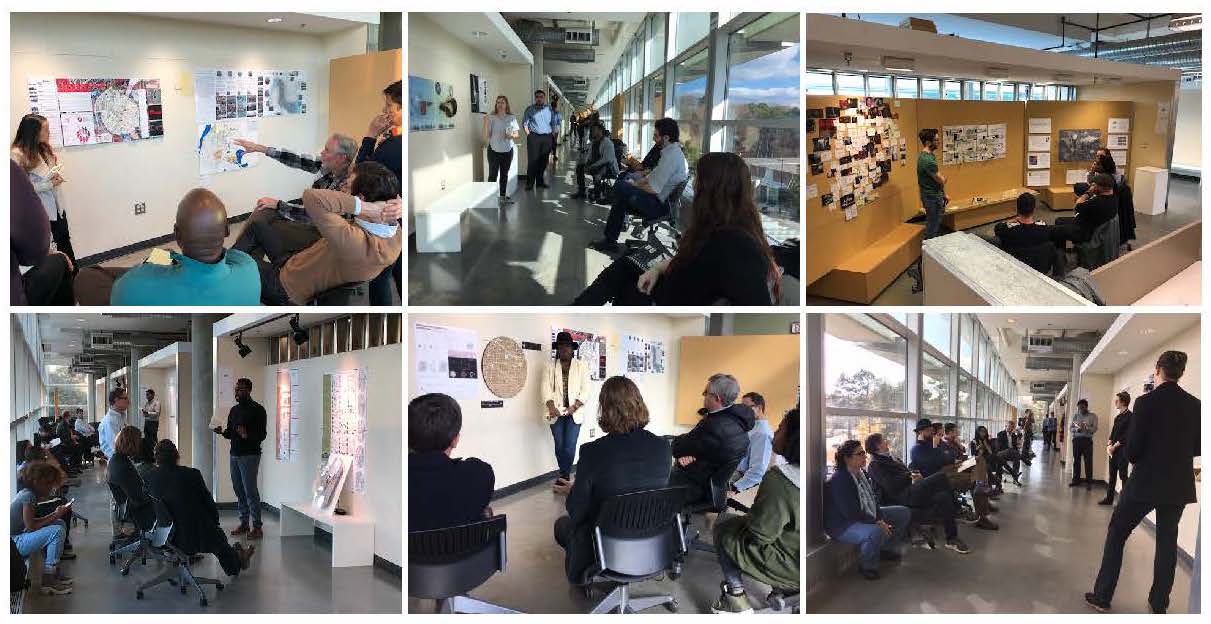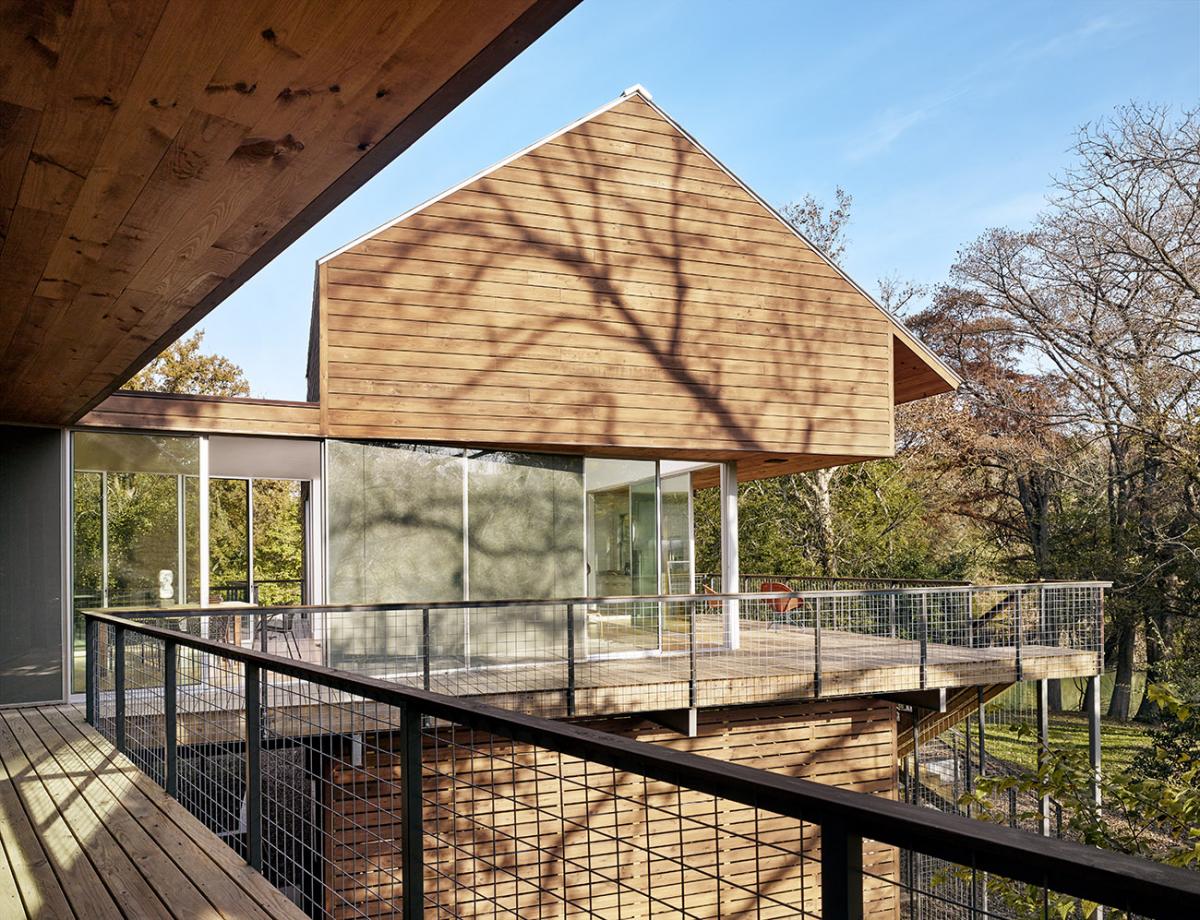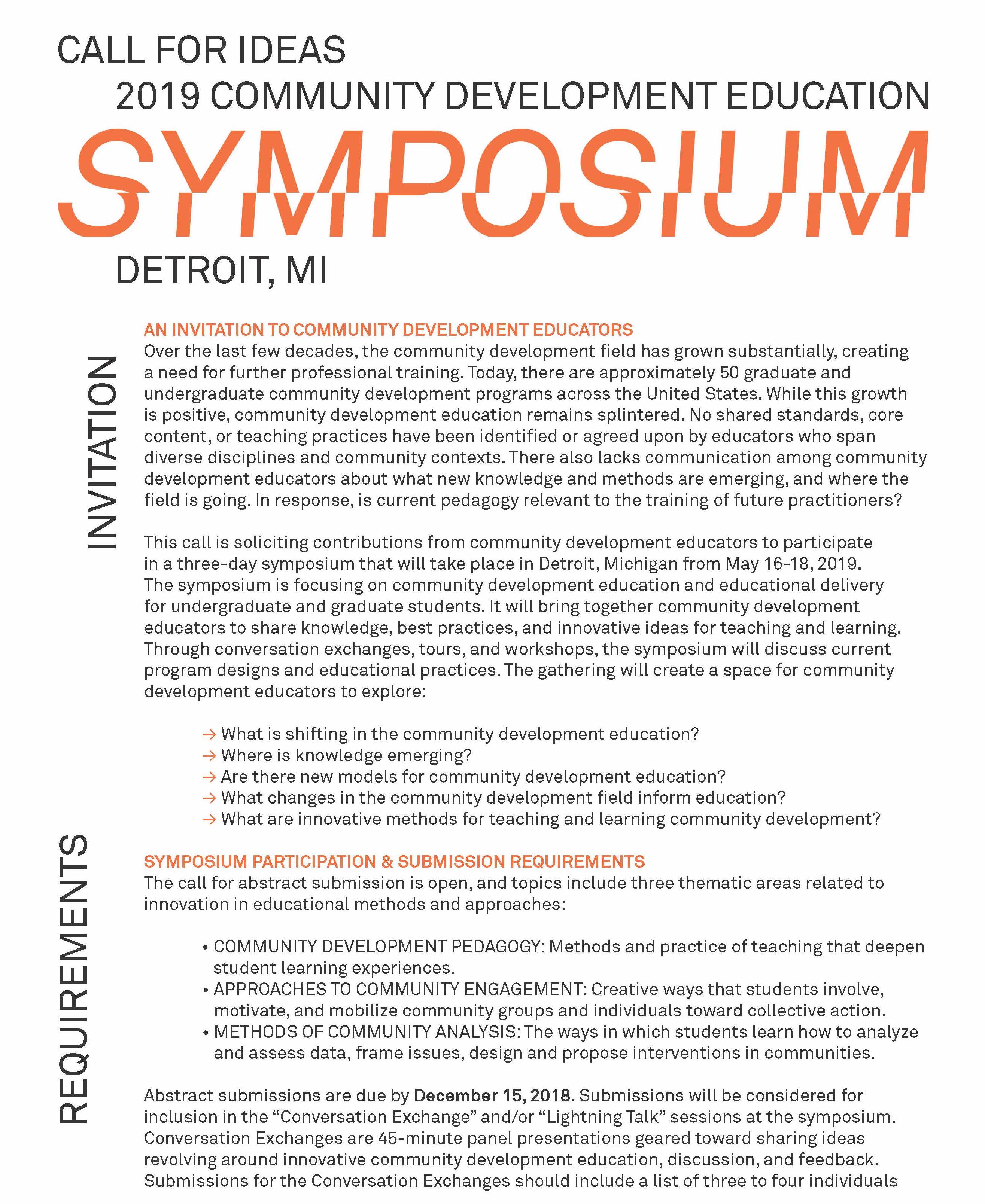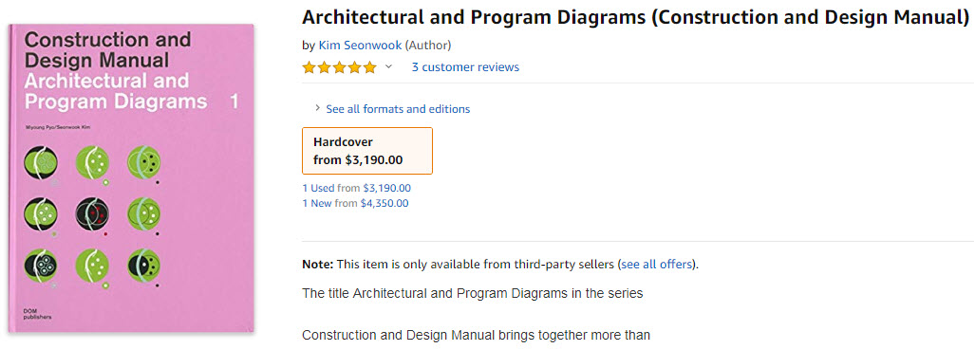FOR IMMEDIATE RELEASE: November 12, 2018
Amanda Gann
Association of Collegiate Schools of Architecture
202-785-2324
agann@acsa-arch.org
ACSA/AISC Announce New Competition for Visionary Designs in Steel
The Association of Collegiate Schools of Architecture (ACSA) partners with the American Institute of Steel Construction to establish a new opportunity for emerging design professionals to be recognized for their innovative designs. The Forge Prize recognizes innovation in the use of steel. The prize invites designers to submit proposals for visionary designs that embrace steel as the primary structural component. It is intended to engage designers in developing imaginative designs that bolster steel as the 21st century building material of choice through a two-stage design challenge, culminating with a public announcement event of winners in Summer 2019.
Projects can focus on Architecturally Exposed Structural Steel (AESS), Modular Construction, Long-Span, Reuse, Systems, Urban Density, etc, but are not limited in their scope or complexity. The Forge Prize is open to all innovative uses of structural steel – Get Inspired!
Stage 1 During Stage One, a jury of experts will convene to identify up to three conceptual submissions that will be awarded a $10,000 stipend to continue onto Stage Two. To the extent possible, AISC will pair the three projects with a steel fabricator to help continue design development and work out further technical or structural revisions to refine and enhance the viability of the conceptual design in a real-world application.
Stage 2 Stage Two contestants will prepare a final submission and present to the jury in May of 2019. The contestants and jurors will participate in a public event, where each of the three finalists will present their designs, and the jury will announce the winner they selected and provide critical commentary on all three submissions.
Grand Prize The overall winner will receive an additional $10,000 award, for a grand total of $20,000.
Eligibility The Forge Prize is open to designers practicing in the U.S. or Canada. Entries will be accepted for individual as well as team submissions. Team submissions are required to have a designated Team Lead. Individuals or the Team Lead should be an emerging professional, in the process of licensure or within 10-years of licensure.
Meet the Jury The Forge Prize Jury consists of world-renowned architecture professionals with decades of experience in research, design, teaching and publishing.
Terri Meyer Boake, B.E.S., B.Arch., M.Arch., LEED AP
Terri Meyer Boake is a Full Professor at the School of Architecture at the University of Waterloo in Canada. She has been teaching building construction, structures, environmental design and film since 1986. She works with CISC, ACSA and AISC developing teaching resources for Architectural education specializing in AESS.
Joseph G. Burns, S.E., P.E., CEng, F.IStructE, FAIA, RIBA, LEED AP
Joseph Burns is a Managing Principal at Thornton Tomasetti in Chicago. Burns is a passionate advocate for the deeper integration of architecture and engineering, which he promotes through technical innovation in the design of structural systems, collaboration in practice and leadership in building science education. A member of Thornton Tomasetti’s board of directors, he oversees the firm’s operations in Europe, the Middle East, India and Brazil.
* Additional architect juror invited and awaiting confirmation.
Forge Prize Schedule
Stage One Submission Deadline January 16, 2019
Stage One Winners Announced February 2019
Stage Two Submission Deadline May 2019
Final Winner Announcement & Event Summer 2019
Find out more information about The Forge Prize at www.ForgePrize.com
About the American Institute of Steel Construction (AISC), headquartered in Chicago, is a non-partisan, not-for-profit technical institute and trade association established in 1921 to serve the structural steel design community and construction industry in the United States. AISC’s mission is to make structural steel the material of choice by being the leader in structural steel-related technical and market-building activities, including: specification and code development, research, education, technical assistance, quality certification, standardization, market development, and advocacy. AISC has a long tradition of service to the steel construction industry of providing timely and reliable information.
About the Association of Collegiate Schools of Architecture: ACSA is a 501(c)(3) nonprofit association of over 200-member schools with a mission to lead architectural education and research. The association maintains a variety of activities including scholarly meetings, workshops, publications, awards and competition programs, support for architectural research, policy development, and liaison with allied organizations.
###
+ Download the Press Release

 Study Architecture
Study Architecture  ProPEL
ProPEL 





